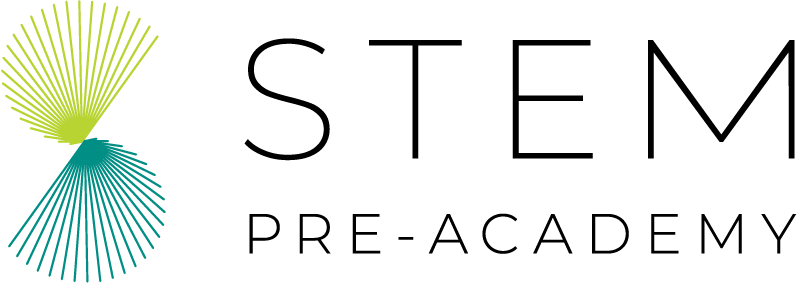
Searider Productions: Digital Media Applications
View
Visual Storytelling Guide
View
Helpful Info
Wide
a shot that is used to establish or reveal location
Medium
a shot that is used to identify subjects in the setting
Close up
a shot that is used to show emotion
Extreme close up
a shot that is used to focus on a specific detail
Compose
to make or create
Composition
what something is made of
Treatment
a summary of the story; a pitch
Sequence
a series of shots that tell a story
Editing
the process by which videos are trimmed and connected to create visual continuity
Camera angle
the angle at which the camera 'looks' in relation to the subject
Camera position
the placement of the camera in relation to the subject
ACO 3.1
Analyze how elements and principles of design in various forms of media are applied to communicate to a specific audience.
ACO 3.2
Critique how the effective integration of elements and principles of design within a variety of medium impact target audiences.
ACO 3.3
Apply elements and principles of design to clarify, focus, or enhance a message or concept for a target audience.
ACO 5.0
Create a deliverable using problem-solving techniques to address client needs or target audience.
ACO 3.1
- I can analyze how elements and principles of design in various forms of media are applied to communicate to a specific audience. (DOK 4)
- I can determine the meaning of key terms and other domain specific words and phrases are they are used in a specific technical context. (DOK 1)
- I can compare and contrast information gained from multimedia sources with that gained from reading a text on the same topic. (DOK 3)
- I can distinguish among facts, reasons, and judgment based on research findings and speculation in a text. (DOK 2)
- I can come to discussions prepared having read or researched material. (DOK 1)
- I can explicitly draw on that preparation by referring to evidence on the topic to probe and reflect on ideas under discussion. (DOK 3)
- I can follow rules for collegial discussions and decision-making. (DOK 1)
- I can track progress toward specific goals and deadlines. (DOK 1)
- I can pose questions that connect the ideas of several speakers and respond to others’ questions and comments with relevant evidence. (DOK 2)
- I can acknowledge new information expressed by others and justify my own views in light of the evidence presented. (DOK 3)
- I can analyze the purpose of information presented in diverse media (visually, quantitatively, orally) and evaluate the motives (social, commercial, political) behind its presentation. (DOK 4)
- I can present claims and findings, emphasizing points in a focused coherent manner with relevant evidence and details. (DOK 3)
- I can present claims using appropriate eye contact, adequate volume, and clear pronunciation. (DOK 1)
- I can integrate multimedia and visual displays into presentations to clarify information, strengthen claims and evidence. (DOK 3)
- I can produce clear and coherent writing with appropriate development, organization, and style. (DOK 4)
ACO 3.2
- I can critique how the effective integration of elements and principles of design within a variety of medium impact target audiences. (DOK 3)
- I can determine the meaning of key terms and other domain specific words and phrases are they are used in a specific technical context. (DOK 1)
- I can compare and contrast information gained from multimedia sources with that gained from reading a text on the same topic. (DOK 3)
- I can distinguish among facts , reasons, and judgment based on research findings and speculation in a text. (DOK 2)
- I can come to discussions prepared having read or researched material. (DOK 1)
- I can explicitly draw on that preparation by referring to evidence on the topic to probe and reflect on ideas under discussion. (DOK 3)
- I can follow rules for collegial discussions and decision-making. (DOK 1)
- I can track progress toward specific goals and deadlines. (DOK 1)
- I can pose questions that connect the ideas of several speakers and respond to others’ questions and comments with relevant evidence. (DOK 2)
- I can acknowledge new information expressed by others and justify my own views in light of the evidence presented. (DOK 3)
- I can analyze the purpose of information presented in diverse media (visually, quantitatively, orally) and evaluate the motives (social, commercial, political) behind its presentation. (DOK 4)
- I can present claims and findings, emphasizing points in a focused coherent manner with relevant evidence and details. (DOK 3)
- I can present claims using appropriate eye contact, adequate volume, and clear pronunciation. (DOK 1)
- I can adapt speech to a variety of contexts. (DOK 2)
- I can gather relevant information from multiple print and digital sources. (DOK 1)
ACO 3.3
- I can apply elements and principles of design to clarify, focus, or enhance a message or concept for a target audience. (DOK 3)
- I can determine the meaning of key terms and other domain specific words and phrases are they are used in a specific technical context. (DOK 1)
- I can integrate technical information expressed in a text with a version that is expressed visually. (DOK 3)
- I can come to discussions prepared having read or researched material. (DOK 1)
- I can follow rules for collegial discussions and decision-making. (DOK 1)
- I can track progress toward specific goals and deadlines. (DOK 1)
- I can pose questions that connect the ideas of several speakers and respond to others’ questions and comments with relevant evidence. (DOK 2)
- I can present claims and findings, emphasizing points in a focused coherent manner with relevant evidence and details. (DOK 3)
- I can present claims using appropriate eye contact, adequate volume, and clear pronunciation. (DOK 1)
- I can gather relevant information from multiple sources. (DOK 1)
- I can use search terms effectively. (DOK 1)
- I can assess the credibility and accuracy of sources. (DOK 2)
- I can quote or paraphrase data and conclusions of others while avoiding plagiarism. (DOK 1)
- I can follow a standard format for citations. (DOK 1)
ACO 3.1
- Formative:
- Teacher assessment of concepts
- Self-reflection
- Summative:
- Basic shot definitions (rubric)
- Focus statements (rubric)
- Composition techniques (rubric)
ACO 3.2
- Formative:
- Teacher assessment of concepts
- Self-reflection
- Check for understandings
- Clarifying questions
- Group assessment
- Summative:
- Groups’ assessment of photos (rubric)
ACO 3.3
- Formative:
- Teacher assessment of concepts
- Self-reflection
- Check for understandings
- Clarifying questions
- Group assessment
- Summative:
- 5 shot sequence activity (rubric)
- Treatment / Shot list (rubric)
- Group review (rubric)
ACO 5.0
- Formative:
- Teacher assessment of concepts
- Self-reflection
- Check for understandings
- Clarifying questions
- Group assessment
- Summative:
- How To Video (rubric)
- Treatment / Shot list (rubric)
- Group review (rubric)
Visual Storytelling Guide: Composition, Angle & Position (CAPs)
CAPs are an advanced level of photo composition. They are used to help vary the "look and feel" of a shot, but can also be used to draw the eye or hide specific information.
Below are the 19 most commonly used CAPs and some examples.
Composition
Arrange the elements of the picture by placing specific content within the picture.
Angle
Arrange the elements by using the camera to "LOOK" in specific places.
Position
Arrange the elements by "POSITIONING" the camera in specific places.
- Show All
- Angle
- Position
- Composition
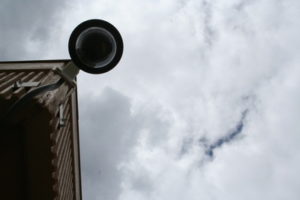
Ant's eye - Taken from directly below the subject. Gives audience a feeling of insignificance.
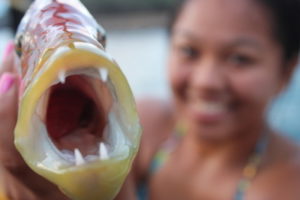
Forced foreground - Camera is placed as close to the foreground object as possible. Gives audience a sense of depth.

Ground level - Camera is placed as close to the ground as possible. Gives audience a sense of subjects movement.

Macro - Camera is placed as close to the subject as possible. Gives audience a sense of subjects world.

Flat angle - Pictures that are flat are shot from a distance directly in front of the subject. Usually they have a solid background or wall.

Bird's eye - Taken from directly above the subject. Gives audience a feeling of dominance.
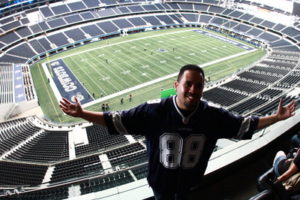
High angle - Taken from somewhat above the subject. Gives subject a sense of insignificance.

Low angle - Taken from somewhat below the subject. Gives subject a sense of dominance.
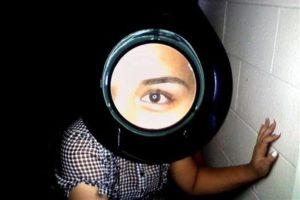
Eye level - Taken from directly in front of the subject. Gives audience a feeling of being on the level of the subject.

Parts of a whole - Use parts of different subjects in your composition to tell the whole story.

Grouping shots - Things/people tend to end up in groups together. This is not portrait photography.
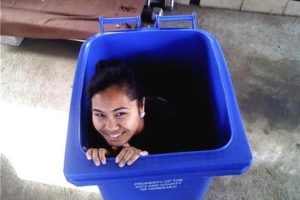
Framing - Use the world to create frames for your subjects.

Unusual angle - Put the camera at an angle that is not common.

Contrast in content - Using colors, objects, shapes, directions that differ to draw the eye to the subject.
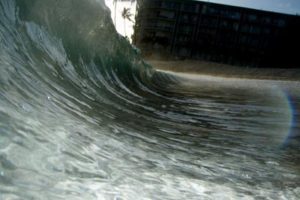
Point of view - Camera is placed in the eyes of the subject. Gives audience a sense of what the subject sees.

Repetition of shapes - Use similar shapes to create pattern, symmetry or contrast.

Leading lines - Use lines created by the world to lead the eye to the subject.

Rule of thirds (scenery) - Use a grid that divides the screen into thirds vertically and horizontally. Fill one third with either sky or land to create balance.
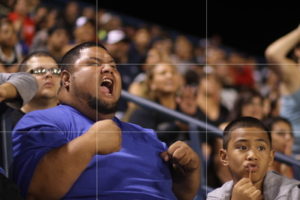
Rule of thirds (subject) - Use a grid that divides the screen into thirds vertically and horizontally. Fill one third with either sky or land to create balance.
Activity
Project Duration: 1 Day | Groups: 1 (max) | Media : 10 Photos | Difficulty: Beginner
Task: Compose and shoot 10 photos that demonstrate your understanding of the CAPs techniques.
Objective: Tell visual stories using various compositions, camera positions, and angles.
View Example Worksheet
